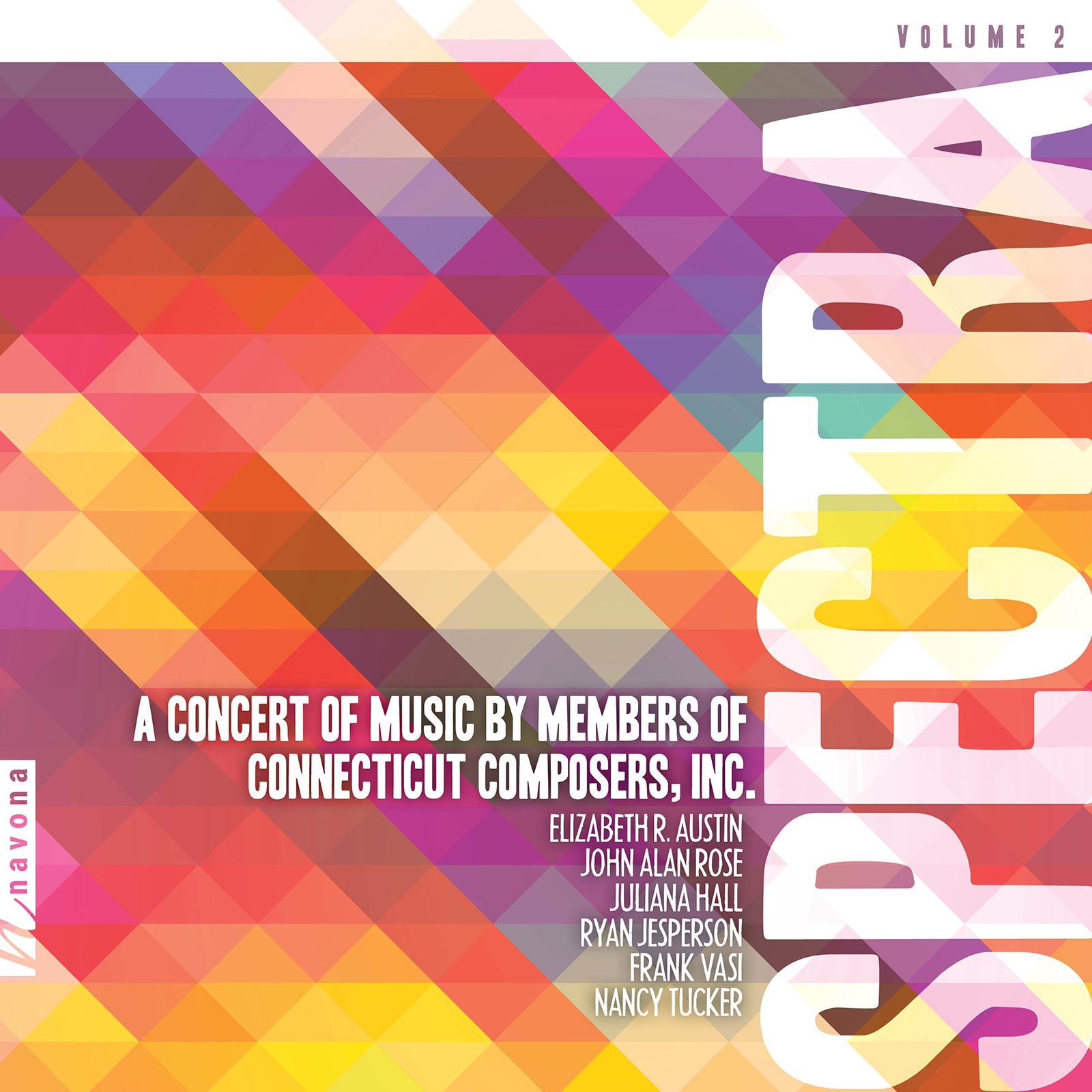Pas de Trois
Catalog #: NV6680
Release Date: March 21, 2025
20th CenturyRomanticChamberOboePianoViolaViolinPAS DE TROIS explores the possibilities of unique instrumental combinations for oboe, violin, viola, and piano within the intimacy of chamber music. The title work, Pas de Trois, is a playful yet challenging neo-romantic work featuring Ned Rorem’s lyrical melodies and a tonal language all his own, blending American boldness with French influence. Hans Gál’s Trio for Oboe, Violin, and Viola, Op. 94 is a lush late-Romantic work and an homage to his beloved adopted home, Scotland. The final piece, Dorothy Howell’s Air, Variations and Finale features exquisite, expressive phrasing and intricate interplay between the three solo instruments.
Chorinho
Catalog #: NV6537
Release Date: August 11, 2023
20th CenturyChamberPianoViolaNavona Records is proud to present CHORINHO, the new album by violist Georgina Rossi and pianist Silvie Cheng. Saturated with Brazil’s rich musical heritage, CHORINHO presents a slew of under-recognized works for viola, including world-premiere recordings of works by João de Souza Lima, Lindembergue Cardoso, and Ernani Aguiar. A solo piano interlude honors Heitor Villa-Lobos, the titan of Brazil’s 20th century musical scene. The concluding track, an arrangement of Chiquinha Gonzaga’s song Lua Branca by the two soloists themselves, hangs over the collection like a light. Vibrant, soulful, and expressive, CHORINHO offers a spectacular glimpse into a little-known area of Brazilian contemporary music.
Spectra II
Catalog #: NV6188
Release Date: October 12, 2018
20th Century21st CenturyChamberSolo InstrumentalPianoViolaSPECTRA 2 unveils the works of six composers, each of whom tells a unique, memorable story. First up is Elizabeth R. Austin's B-A-C-HOMAGE, an intricately constructed tribute to the German Baroque composer. Based on Bach's name and his "Air on G" respectively, the first and second movement reflect upon the clarity of his work through the lens of Austin's decidedly modern tonal language.
Instrumentaion: Viola
Filter By:
-
20th Century
- 20th Century
- 21st Century
- Romantic
Filter By: Period -
Genre
- Chamber
- Solo Instrumental
Filter By: Genre - Viola
-
Collection
Filter By: Collection
©2025 Navona Records. All rights reserved. Website by PARMA Recordings. | Privacy Policy



